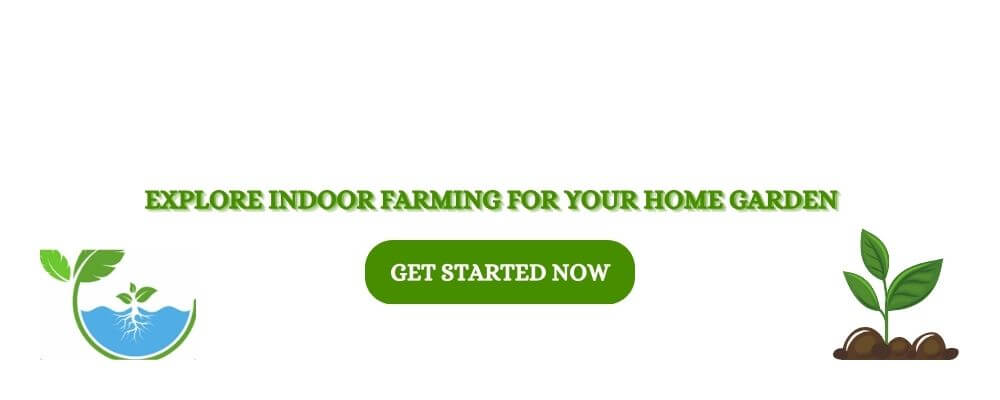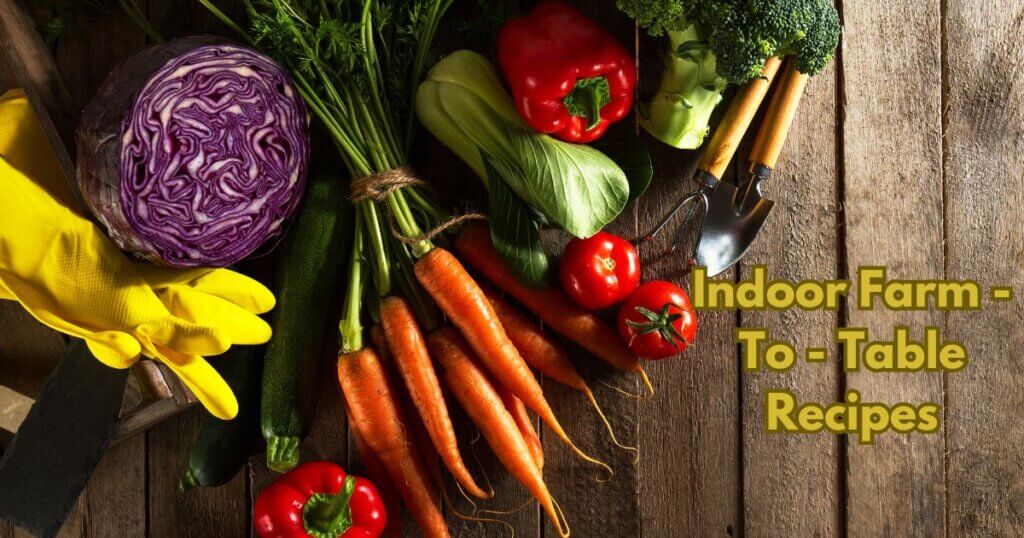The Ultimate Guide to Proper Watering Techniques for Indoor Gardens

Some of the links in this post are affiliate links. As an Amazon Associate, we earn a referral fee from qualifying purchases—at no extra cost to you.
Table of Contents
Proper Watering Techniques for Indoor Gardens
Proper watering is one of the most critical aspects of indoor gardening, affecting plant health more than most realize. It’s not only about how much water you use, but also about when, where, and how you apply it. Unlike outdoor plants that benefit from natural rainfall and environmental regulation, indoor gardens rely completely on your care. Mastering this skill ensures thriving greens, vibrant flowers, and a bounty of edible plants.
Understanding Plant Watering Needs
Each plant species has distinct watering needs based on its origin, structure, and growth habits. A fern in a humid corner will need very different care than a cactus by a sunny window. Temperature, humidity, and container size also play huge roles in how much and how often water is needed. Learning your plants’ unique preferences is the first step toward effective watering.
Moisture-Loving vs. Drought-Tolerant Plants
Some plants, like ferns, peace lilies, and calatheas, crave steady moisture to mimic their tropical homes. On the other hand, succulents, snake plants, and cacti prefer dry soil between waterings. Knowing what your plant naturally thrives in helps prevent root rot or dehydration. Keep a list or do quick research to guide your watering decisions.
Container Size and Material Matters
Container type and size directly impact water retention and drainage. Small pots dry faster and need more frequent checks, while large or plastic pots hold moisture longer. Terra cotta pots wick away moisture but require close monitoring. Always ensure your pots have drainage holes to avoid root rot disasters.
The Golden Rules of Watering
When it comes to watering, a few golden rules can save you from the most common plant problems. Follow these to keep your indoor garden thriving:
Rule 1: Always Check the Soil First
Never assume your plant needs water—always check the soil first. Insert your finger about an inch into the soil; if it feels dry at that depth, it’s likely time to water. If it still feels moist, wait another day and check again. For larger or more sensitive collections, a moisture meter offers even more accuracy and consistency.
For more accurate moisture readings—especially with sensitive or hard-to-reach plants—a moisture meter can be a game-changer. The XLUX Soil Moisture Meter gives instant feedback so you know when to water without the guesswork.
Rule 2: Water Thoroughly, Not Frequently
When you water, do so deeply until excess water drains from the pot’s bottom. This encourages deep root growth and helps plants become more drought-resilient over time. Avoid giving your plants small amounts of water daily, as this leads to shallow roots and weak growth. A thorough soak, less often, is the key to a healthier root system.
Rule 3: Keep Leaves Dry
Always aim to water the soil directly, not the leaves. Wet foliage—especially in dim or humid conditions—can promote mold, mildew, and fungal diseases. In tightly spaced or low-airflow environments, moisture on leaves takes longer to evaporate, increasing the risk. Keeping the leaves dry helps your plants stay clean, healthy, and disease-free.
Using a long-spout watering can or watering bottle can help direct water straight to the soil, keeping foliage dry. Try the WhaleLife Indoor Watering Can—it’s sleek, easy to handle, and prevents splash damage to leaves.
How to Spot Overwatering and Underwatering
Your plants will often show signs when something’s wrong with their watering routine. Overwatering symptoms include yellowing leaves, mushy stems, moldy soil, and the presence of fungus gnats. Underwatering, by contrast, causes crispy or drooping leaves, brown edges, and soil that pulls away from the pot. Observing these clues helps you fine-tune your approach.
Tap Water, Filtered Water, and Rainwater
Even the water itself matters. Tap water can contain chlorine, fluoride, or salts that damage sensitive plants, though letting it sit out overnight can help. Filtered or distilled water is ideal for plants like calatheas and spider plants, and rainwater is a sustainable, pH-balanced option if safely collected. Choosing the right water improves plant health long-term.
If you’re using tap water, a simple plant water filter like the GrowGreen Garden Hose Filter can remove chlorine and other harmful elements before watering your sensitive houseplants.
Soil Quality and Drainage
Soil quality directly affects how water behaves in your containers. Choose the right soil mix—cactus soil for fast drainage or tropical mixes for moisture retention. To improve drainage, add perlite, coarse sand, or vermiculite, especially for succulents and herbs. Better soil equals better water balance and healthier roots.
Humidity and Its Role in Watering
Humidity plays a major role in how often your plants need water. Use a hygrometer to monitor indoor humidity—most houseplants thrive between 40% and 60%. Dry air means more frequent watering, especially in heated or air-conditioned spaces. To increase humidity, group plants together, use pebble trays, or run a humidifier near your indoor garden.
For precise monitoring, consider using a hygrometer. The ThermoPro Digital Hygrometer displays real-time temperature and humidity, helping you make smart watering decisions based on indoor conditions.
Keeping a Watering Schedule
Creating a consistent watering schedule can help you keep track and reduce stress. Use a garden journal or apps like Planta or Greg to log watering times, plant behavior, and seasonal shifts. Calendar reminders can also help, particularly for plants with weekly or biweekly needs. Consistency encourages stable growth and makes gardening more enjoyable.
Want a little help staying on track? The digital plant watering reminder like the Rachio Thrive Plant Tracker can help automate your schedule based on plant type, size, and location.
Sustainable Watering Practices
Watering can also be eco-friendly if done thoughtfully. Reuse kitchen water from boiled veggies or pasta—once cooled, it’s nutrient-rich and safe for plants. Set up a small rain collection system to capture natural water that’s full of minerals and free of additives. Sustainable watering is good for both your plants and the planet.
Conclusion: Become a Watering Pro
In conclusion, proper watering isn’t about rigid rules—it’s about tuning into your plants’ individual needs and responding thoughtfully. Once you observe their signals and understand their preferences, watering becomes a simple, satisfying part of your routine. Whether your indoor space is a single windowsill or a lush jungle, mastering watering unlocks healthier, happier plants. Keep your watering can nearby, your fingers in the soil, and your attention sharp—growth happens one drop at a time.
FAQs – Proper Watering Techniques for Indoor Gardens
1. How do I adjust watering when using grow lights instead of natural sunlight?
Plants under grow lights may dry out faster due to increased heat and light exposure. Monitor soil moisture more frequently and adjust your watering schedule based on how quickly the soil dries. Use a soil moisture meter for accuracy. Always ensure proper ventilation to prevent overheating and humidity imbalance.
2. Can I use ice cubes to water my indoor plants?
Using ice cubes is not recommended for most indoor plants. The cold temperature can shock plant roots and cause tissue damage, especially in tropical species. It’s better to use room-temperature water for consistent hydration. Stick to traditional watering methods to avoid unintended stress on your plants.
3. What’s the best way to water hanging indoor plants without making a mess?
Place a shallow basin or towel under hanging plants before watering, or take them down and water in the sink or bathtub. Use a long-spout watering can to target the base of the plant precisely. Allow excess water to drain fully before rehanging. Self-watering hanging planters can also minimize dripping and overwatering risks.
4. Should I water my plants differently when they’re flowering?
Yes, flowering plants often require slightly more consistent moisture to support blooms. Avoid letting the soil dry out completely, but also be cautious not to overwater. Monitor both soil and plant condition during blooming periods. Using a bloom-friendly fertilizer alongside proper watering can enhance flower longevity.
5. How do I know if my potting soil has gone hydrophobic (repels water)?
If water pools on the soil surface or runs down the sides without absorbing, your soil may be hydrophobic. This usually happens when the soil dries out too much. To fix it, water slowly in stages or soak the entire pot in a basin for 15–30 minutes. Switching to a high-quality potting mix with organic matter can also help retain moisture better.
Other useful resources related to Proper Watering Techniques for Indoor Gardens
1. Complete Guide to Watering – Patch Plants
This comprehensive guide covers essential watering practices, including checking soil moisture, adjusting watering frequency based on seasons, and recognizing signs of overwatering or underwatering. It emphasizes the importance of understanding your plant’s specific needs to maintain optimal health.
2. Watering Indoor Plants – Joy Us Garden
Joy Us Garden offers practical advice on watering indoor plants, highlighting techniques such as watering the entire soil mass evenly and using moisture meters to assess soil dryness. The guide also discusses how light exposure affects watering frequency.(Joy Us Garden)
3. How to Water Indoor Plants the Right Way – Better Homes & Gardens
This article provides detailed instructions on proper watering methods, including watering until excess drains out, using room-temperature water, and avoiding common mistakes like overwatering. It also explains how different plant types have varying water requirements.
4. Watering Indoor Plants – University of Maryland Extension
The University of Maryland Extension offers science-based guidance on determining when to water indoor plants, emphasizing methods like the finger test and pot lifting to assess soil moisture. It also addresses the pitfalls of scheduled watering and the importance of adapting to individual plant needs.(University of Maryland Extension)
5. 6 Tips to Properly Water Your Plants – Bloomscape
Bloomscape’s guide provides six essential tips for watering indoor plants, including watering evenly around the pot, ensuring thorough drainage, and discarding excess water to prevent root rot. It also advises on using room-temperature water to avoid shocking the plant’s system.(Bloomscape)
Some Interesting Videos about Proper Watering Techinques for Indoor Gardens









